To love as a queer-disabled person is to reimagine the essence of humanity, while looking at the world as it exists today, in the eye, and vehemently disagreeing.
Love, for all the different forms it can take, is perhaps the most universal human experience. Yet, due to systemic barriers as well as the misperceptions and prejudices that trickle down to individuals, it remains inaccessible to queer-disabled people in its various forms, but especially so when it comes to romantic love.
The intertwined foundation of the queer and disabled experiences
Having completed my MBBS, I find that my queerness and disability have both become inextricably intertwined within my being. It is very difficult for me to distinguish them as two separate entities, they exist within the essence of who I am because I cannot think of myself as outside of either. I cannot separate the queerness and the neurodivergence within me; they form the very foundation upon which my identity is built.

I have been aware of my queerness from a very young age, and at that same young age, I was also visibly neurodivergent. This led to chronic mental health issues, and my very formative years were spent exploring these themes. I was not struggling with the idea of queerness or being neurodivergent itself, but rather with the consequences and impact these identities had on my life, because neither is socially acceptable—especially as a child.
For every person who does not conform to social norms, there is a certain compartmentalisation that occurs in people’s minds who passively absorb these social norms without critically thinking them through. These lead to people from minorities either being shunned and pathologised, or on the other extreme being revered as “brave” and “courageous”, which is just as dehumanising. This approach also takes away the humanity and agency of people from minorities, creating a distance and barrier which is impossible to bridge, the onus of which is put on the individual with a minority status.
The weight of early awareness
Having an invisible yet very palpable disability as a young child, while also coming to terms with my queerness, meant that I was juggling with the effects of these phenomena without being equipped to understand what was going on, which made it all the more difficult. People have a tendency to be dismissive, and within your peer groups, you tend to be excluded and actively alienated. Bullying played a huge role in shaping my early experiences.
People have a tendency to be dismissive, and within your peer groups, you tend to be excluded and actively alienated. Bullying played a huge role in shaping my early experiences.
There was a distinct internal environment that was filled with turmoil, entirely detached from the world outside, partly due to my neurodivergence but mostly due to the way I realised I would be rejected for who I am. The very founding structures within my personality were laid out by my queerness and disability, which meant that all of my social exploration began from this foundation.
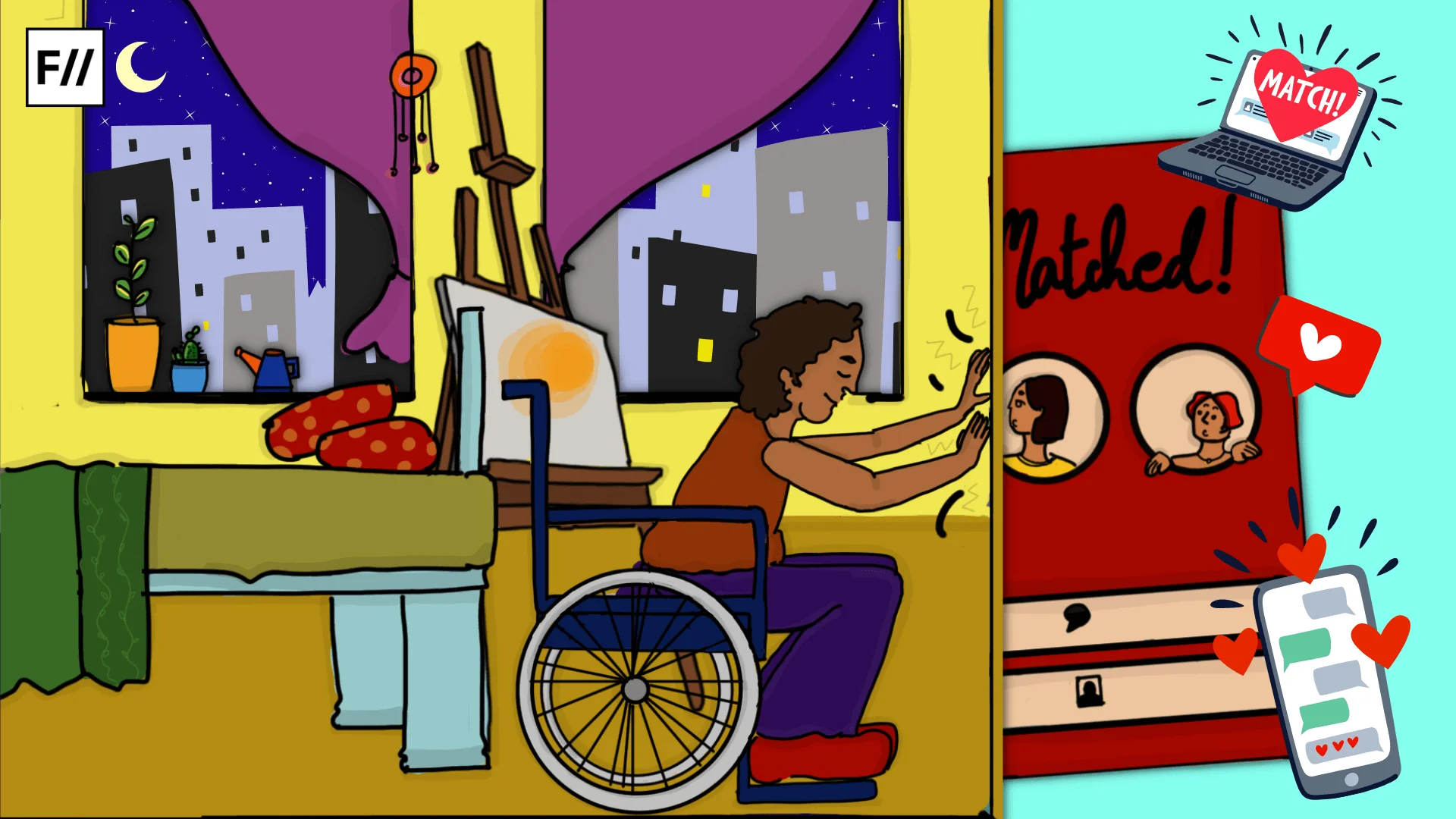
This also meant that I was very aloof and distant socially. I don’t want to say introverted, because that doesn’t feel like the correct way of describing it. Rather, the way that I socialise and approach people is very different from the way that other people do. I did not do well in group settings, and I did not fit into crowds. This inability to fit in impacted me very deeply and made me feel very lonely.
The challenge of romantic connections
Within this context, my romantic experiences have been very few and far between. Many of them have been influenced by my neurodivergence in the way that partnership and romantic interest mean to me, it is a much more intense experience than it is for most people. None of my romantic relationships have worked out because I always found myself in a position where I have been very forthcoming and almost imposing in my pursuits. That is who I have shown up as, and that is something that has not been taken well by others. While I understand where they’re coming from, this pattern has been consistent in my experiences.
This also means that I have not had a lot of fulfilling relationships, as it is difficult to come across compatible partners when you have so much on your plate. Even within queer circles, there is a certain sort of dissonance when it comes to neurodivergent people. Within neurodivergent and disability circles as well, there is a certain hesitation that comes forward when it comes to queerness and queer people. When you identify as both queer and neurodivergent, the sort of people that you have access to gets very limited.
Finding connection beyond convention: queer platonic relationships
A glimmer of hope through this were the queer platonic relationships I have been part of, thanks to the internet which allowed me to access people outside of my immediate surroundings. I believe the existence of queer platonic relationships is a testament to how love finds its way through the rigid boxes and evolves to seep into our lives.
I believe the existence of queer platonic relationships is a testament to how love finds its way through the rigid boxes and evolves to seep into our lives.
The community that I have built online and the queer platonic relationships I have formed are built on open communication and sharing what expectations you have from each other. I have known someone for a very long time, and we have had a light-hearted, flirtatious sort of exchange going on across all these years. Recently, we had a very direct conversation about what we expect and where we stand with each other.
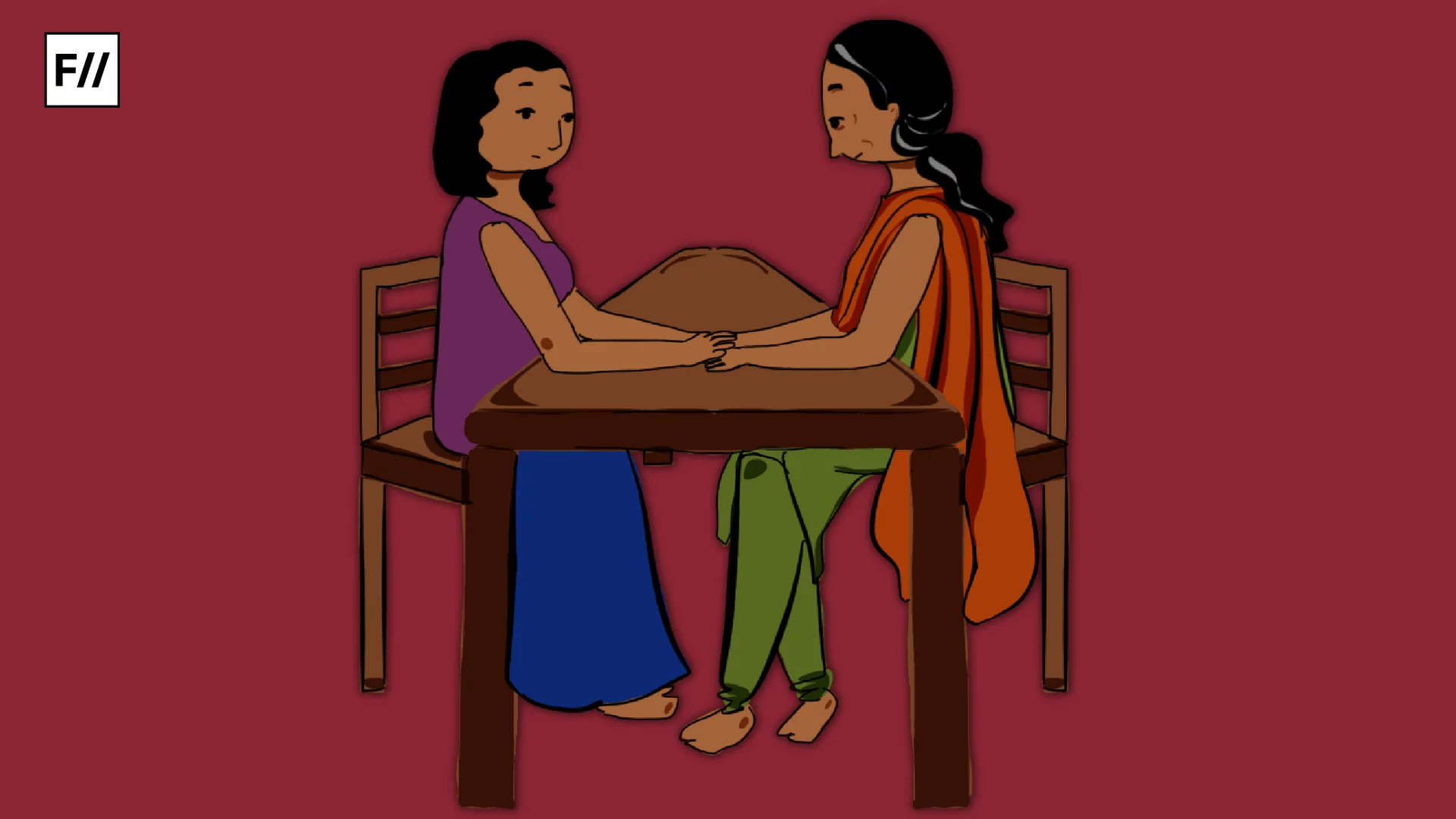
Even though it was an uncomfortable conversation to have, it made me feel so nice that this is a space that has been created where I can be honest and expect the other person to be honest too, without having to deal with the added burden of trying to know what the other person wants.
My friends from hundreds and thousands of kilometers away, who I am deeply in love with, truly provide the warmest space and are so sincere with the way they show up in their friendships. That kind of authenticity is impossible to come across around me, and I am so grateful for it. Queer platonic relationships have been genuinely very fulfilling to my soul. I wouldn’t say they are filling a gap; because if a gap does exist, they are not necessarily relevant to it—but they have been genuinely fulfilling.
Reimagining what’s possible
The person that I have become today, the very foundation of who I am, is laid by queerness and disability. I know that it looks very different for different people, many realise they are queer much later in life, or become aware of their disability later, whether acquired or invisible. But that was not the case for me. My journey of love, connection, and self-discovery has required reimagining what relationships can look like beyond conventional structures.
In a world that often fails to see the full humanity of those who exist at the intersections of multiple marginalised identities, creating authentic connections requires both courage and creativity. It demands that we look at love not as a fixed concept, but as something that can be reshaped, redefined, and reimagined to include all the ways we show up in the world—fully, authentically, and without apology.
This piece was written with assistance of Sanya Sethi, a second-year student at the National Law School of India University, Bangalore.
This article is part of a joint initiative by Feminism in India and QAble for Queer Disability Pride Month. QAble works at the intersection of queer and disability justice within law and policy, fostering social inclusion through culture and legal inclusion through community-led advocacy. If you’re a QPwD seeking support, QAble is here for you. Pride is for all of us.
About the author(s)
Dr. Dhruv is a 23 year old neuroqueer person, intern doctor and a multidisciplinary artist.


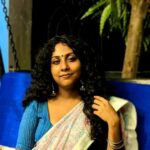

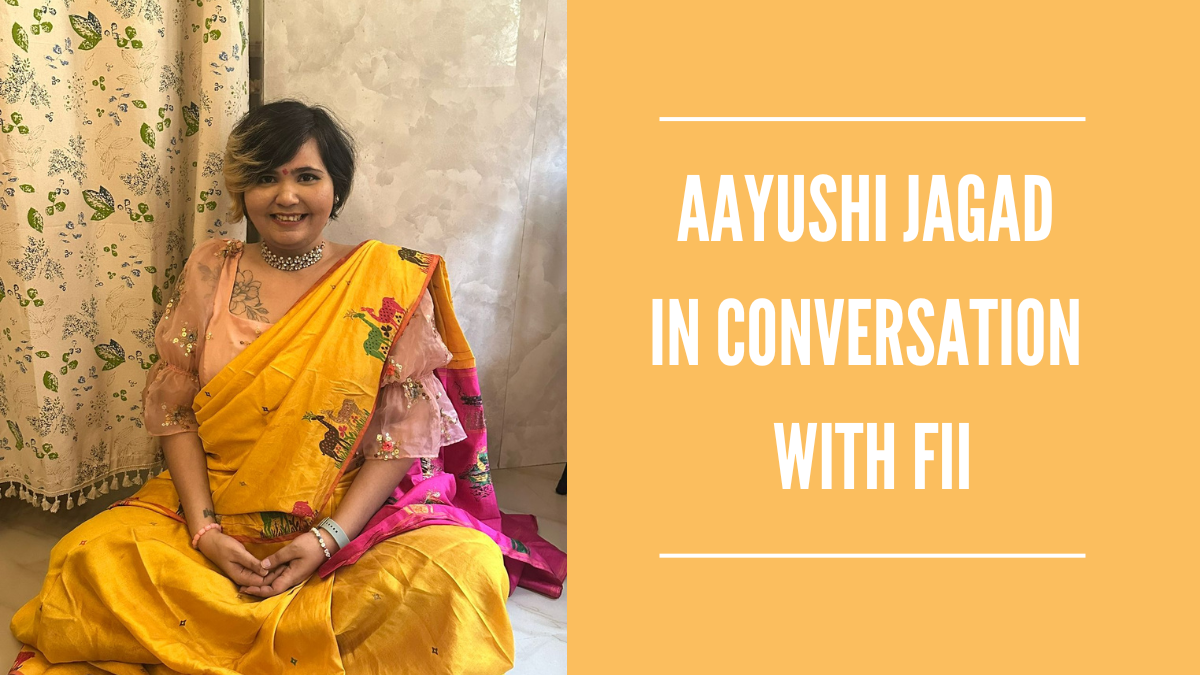
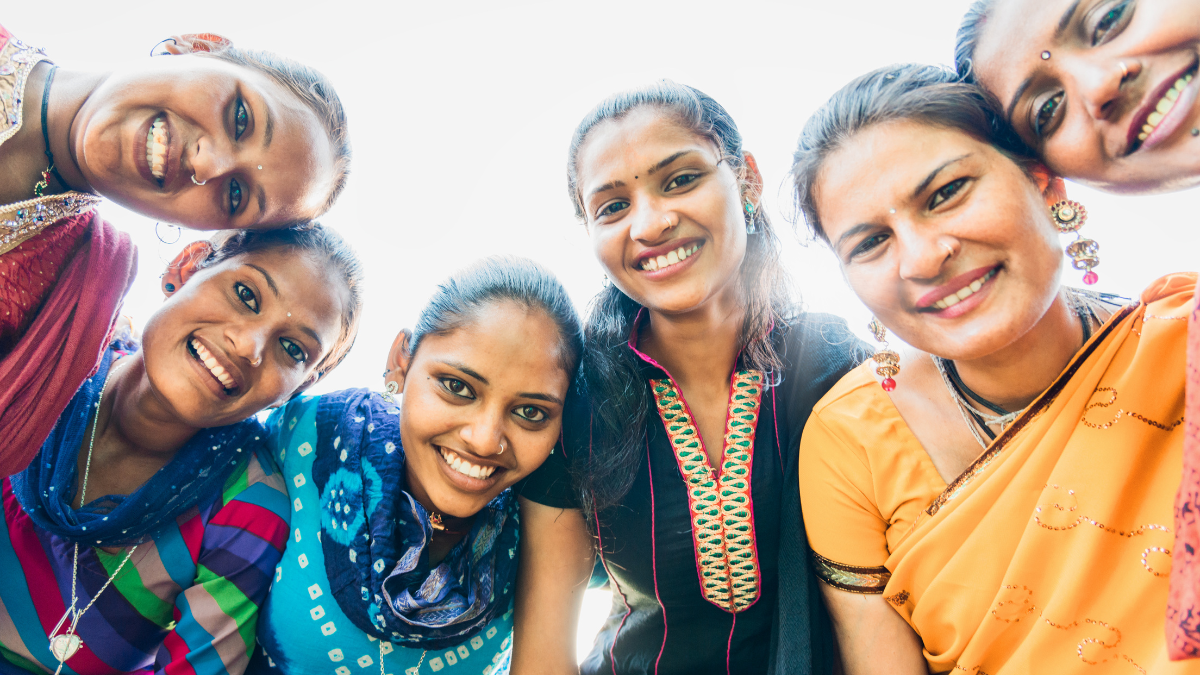

I have nothing but respect for you omg hehe